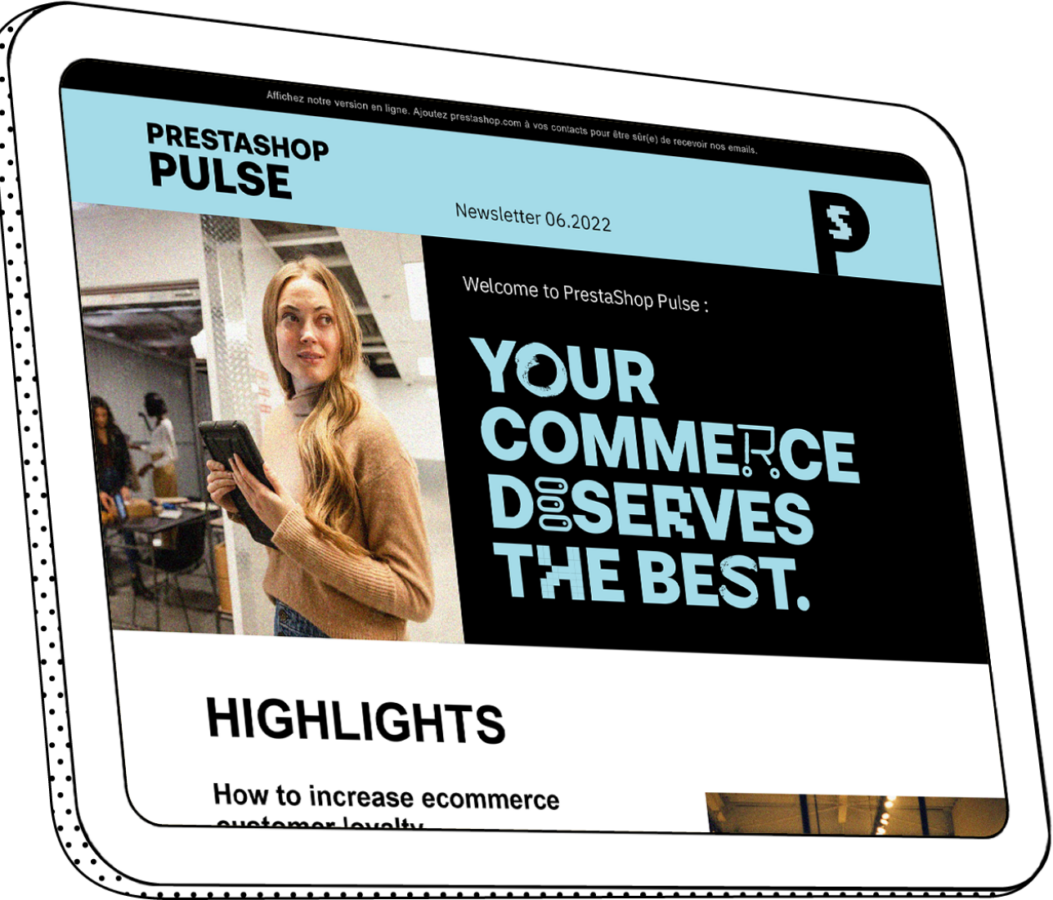
SEO and SEA tips for ecommerce
When searching for services and products, customers typically use a search engine to discover potential fits to their desire. Ecommerce site owners have organic and paid marketing techniques like SEO and SEA at their disposal to help grow their sites through searches.
SEO stands for search engine optimization and is the process of improving your website for better visibility and higher rankings in search engines.
SEA is the acronym for search engine advertising (also known as search engine marketing). SEA is a paid marketing technique that differs from typical advertising because advertisers don’t pay until a customer clicks on their paid listing.
SEO strategies
SEO strategies are all about understanding search engine [now indicated as SE] placement algorithms and adjusting each variable of your site to increase its rankings. On-page SEO (that is, adjustments made on your website) can be divided into three categories:
- Content (keywords, SEO writing, demonstrating authority/expertise, and displaying visual content)
- Website architecture (loading speed, mobile responsiveness, URL structure; internal, inbound, and outbound links)
- HTML (title tags, meta description, image optimization, geotagging)
Each of these factors will significantly alter your website’s overall rating if they are not carefully tended to. For example, writing a title and meta description for a product page requires keeping them clear and concise and including relevant keywords to indicate to the SE what the page is about. Using relevant keywords in your product page copy together with suitable visual content will improve your website’s ranking if the content matches the searchers’ intent.
Improving site architecture involves keeping your ecommerce store clear of clunky code, ensuring it is responsive on mobile devices, and including keywords in the URL structure. And then there are links. Inbound links are the most important as they give Google a signal whether to trust your website or not.
Your ecommerce store should have a high-quality blog relevant to your industry that you can use to generate links through social media, high-quality shareable infographics, guest posting, and email outreach.
Discover ou SEO module for expert !
SEA strategies
SEA (also known as PPC or Pay-Per-Click advertising) is the process of advertising directly on search engines like Google and Bing. SEA works by web pages paying to be presented on specific search queries. For example, if a company is trying to get traffic to their “5 Best Billing Software for Small Businesses” page, they can pay Google to present that article at the top of the search results whenever someone is searching for “small business billing software” or similar keywords.
SEA only costs marketers money if someone clicks on the advertisement, making it a cost-effective marketing strategy. Businesses can use regular funds or a net 30 account to pay for their campaigns if they want to optimize their spending.
The best practices for SEA include:
- Focusing on conversions, not the number of clicks. Set up a marketing funnel and optimize it to convince customers to act at different funnel stages.
- Mostly targeting high intent long tail keywords. These are often cheaper and used by customers who are already in the buying state of mind.
- Segmenting your target audience and personalizing ads accordingly
- Making sure your landing page aligns with the ad message
- Creating a separate landing page for each ad to ensure a relevant post-click experience
- Keeping the design of your landing page conversion-centered
- Testing and optimizing constantly
Recap
Whether paid or organic, search engines can hugely alter your ecommerce business’ traffic. Use the techniques mentioned above, like including relevant keywords in all copy, optimizing site architecture, and creating a blog to build links in combination with SEA best practices to bring the right people to your ecommerce store.





